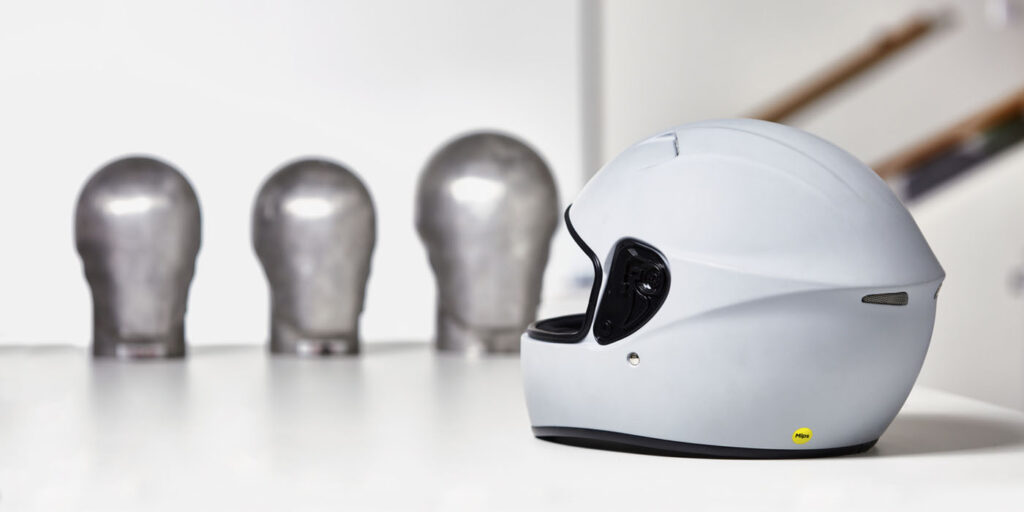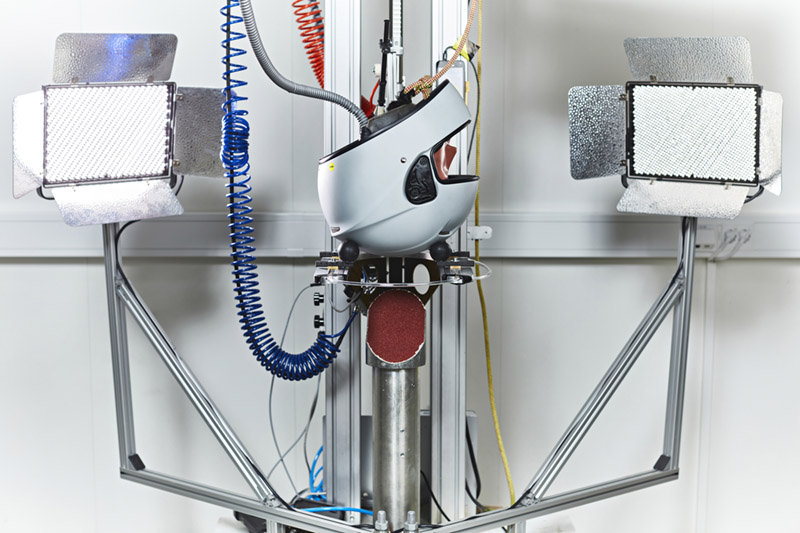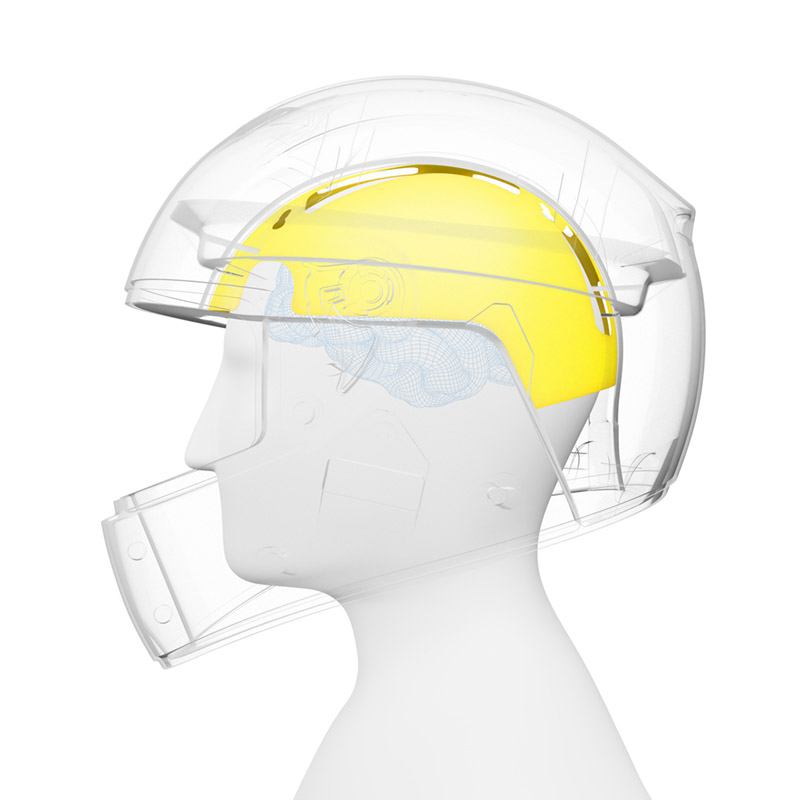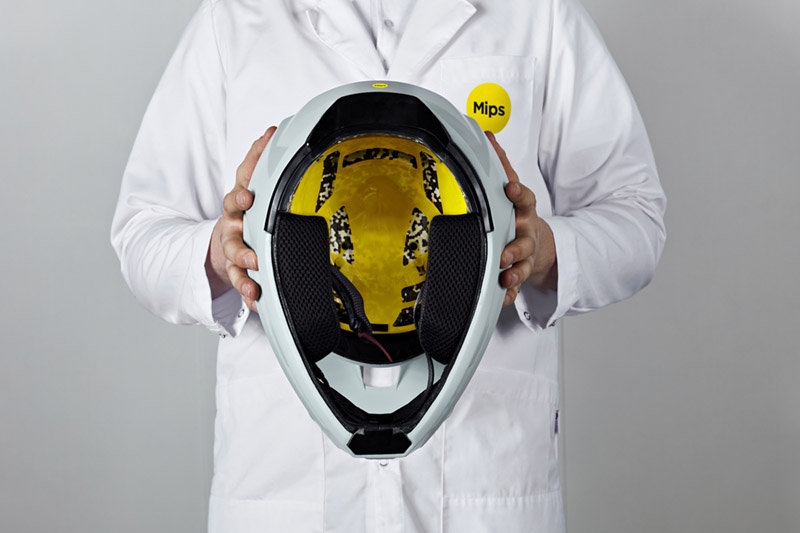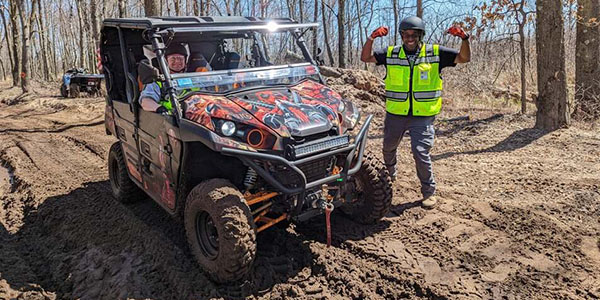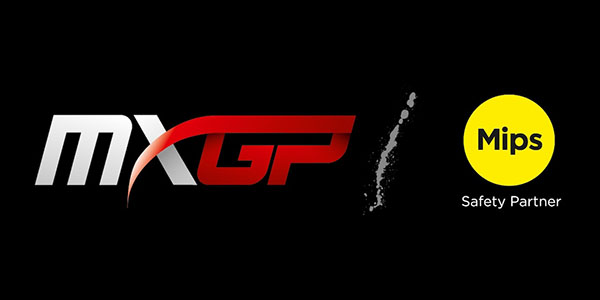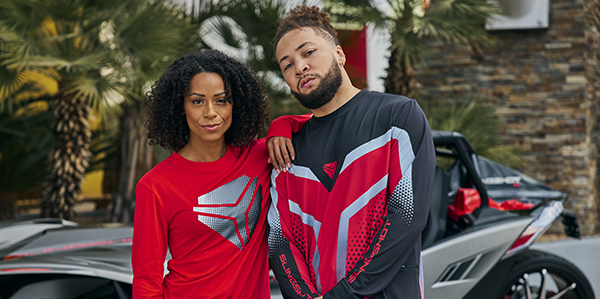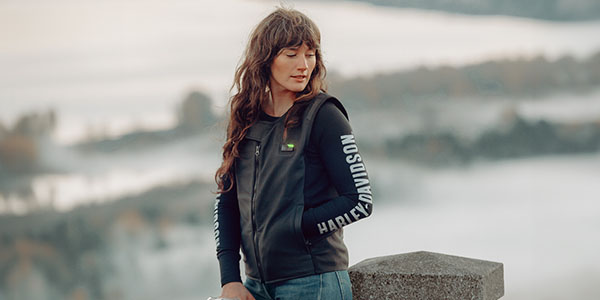As enthusiasts, we all know the importance of helmet safety. However, you might be surprised to learn that the majority of American helmet purchasers lack proper understanding regarding one of the biggest risks we all face whenever we strap on a helmet: concussions.
It’s a word we’re all familiar with and it’s an affliction that has seen a significant surge in attention and awareness in the media — so much so that the 2015 movie “Concussion” brought the realities of this all-too-common brain injury right into our living rooms. However, despite how widespread concussion awareness may appear, most consumers still fall short in understanding what steps they can take to reduce the risks.
Concussive Evidence
A recent Nielsen survey commissioned by Mips, a Swedish-based company specializing in helmet-based safety, polled 1,000 Americans in an effort to collect a representative sample of consumer knowledge for helmet buyers. The results showed that 70% of consumers in the States are wholly unaware of the term “rotational motion,” the key contributor to concussions and traumatic brain injuries in angled impacts, while seven out of 10 helmet buyers didn’t even consider how well a helmet could protect against it.
The polled group consisted of an age range of 18 to 65 years and was split evenly between males and females. Each participant had purchased a helmet within the past three years or planned to purchase one within the next six months. Perhaps most importantly, the scope of the survey went far beyond powersports to also include purchasers of helmets for cycling, horse riding, rock climbing, skiing and snowboarding, team sports and even safety equipment.
On the surface, the results are a bit alarming for a country that has seemingly rung the bell for concussion awareness for several years. However, for some reason the disconnect persists. According to the Centers for Disease Control and Prevention (CDC), there were a total of 64,362 deaths related to traumatic brain injury in the U.S. in 2020 to go along with 223,135 hospitalizations related to traumatic brain injury in 2019, which equates to 178 deaths and 611 hospitalizations per day. Those numbers alone are quite shocking but are magnified even more when you factor in that 7% of children suffered some sort of traumatic brain injury in 2020.
A deeper dive into the responses also revealed that 40% of American helmet buyers have suffered a concussion.
While the sample size of the survey is a minuscule representation of the 329-plus million who live in the U.S., it’s not hard to concede that it’s a pretty accurate representation of the approach most consumers take to purchasing a helmet. Comfort and fit are the most important criteria Americans take into consideration for helmets, followed by the level of protection it provides. Fortunately, price appears to be the lowest concern, because no one should put a price on the well-being of onesself or one’s loved ones.
When you focus specifically on the powersports marketplace, you’ll find additional factors at play, like style (open face, modular, etc.) or whether your state even has helmet laws in place. It makes for a unique conundrum when advocating for helmet safety and proper protection.
All this data can certainly paint a bleak picture, but we shouldn’t overlook the fact that Americans are still buying helmets — millions of them per year. The bigger picture is addressing what to look for in a helmet.
In order to potentially create a tangible shift in the education consumers have when buying a helmet, we need to take matters into our own hands. For retailers, it is now more important than ever to bring attention to the enhancements in helmet technology. Visitors to dealerships are often in search of expertise, and sales staff have an opportunity to serve as the first line of offense in advocating for a higher level of safety.
Fortunately for helmet buyers, there’s been a significant increase in the presence of rotational motion protection in helmets from numerous brands, so finding an option that’s right for everyone is easier than ever. While some manufacturers have introduced their own proprietary technology, many others have adopted an ingredient model that installs an established third-party technology into their current model lineups. While the presence of this sort of protection is still in the early adoption phase within powersports, with larger use in off-road helmets versus street helmets, it’s well established in other helmet disciplines like cycling, horse riding and snow sports.
How Does It Work?
In the event of a crash, fall, or impact with an object, the glancing nature of any force to the head will almost always occur at an angle. This angular energy is what initiates rotational motion, causing the brain to shift within the cerebral fluid that holds it in place. The brain is actually more sensitive to rotational motion than linear, and it’s the stretching and tearing of the brain that could cause concussions and traumatic brain injuries.
Safety system development focuses on mitigating the forces associated with angular impacts. The approach in how this type of technology is implemented can vary from one manufacturer to another, but they are all designed with the same intended goal.
One example of how rotational motion is addressed in helmets comes from Mips, one of the original solutions that arrived on the market nearly 25 years ago. The Mips safety system consists of a low-friction layer that is mounted inside the helmet, generally between the padding and EPS foam layer, and designed to move 10 to 15 millimeters in any direction as it redirects the forces away from the head.
How Much Does It Cost?
A helmet equipped with rotational motion technology can feature a higher price point, but it varies depending on the brand, size and model. You can obtain a motorcycle helmet equipped with rotational motion protection for an increase of as little as $30 or for a difference as high as $300 in the most high-end models.
How Easy Is It to Find a Helmet With Rotational Motion Protection?
Rotational motion protection is integrated into helmets of all sizes for users of all ages. Moreover, access isn’t necessarily limited to top-of-the-line helmets. There’s an equipped option for most price points, making access to enhanced safety even more available.
The rise in awareness regarding the dangers of rotational motion has facilitated significant progression in the level of dedication from manufacturers and third-party companies to offer increased safety to consumers. This embrace of enhanced protection has necessitated a shift in helmet safety standards in Europe, and although the U.S. has yet to formally introduce its own revised standards, it hasn’t stopped the development of various technologies focused on addressing this major concern.
How Many Helmets Are Equipped With Rotational Motion Protection?
As mentioned previously, the number of helmets in the powersports marketplace that feature rotational motion protection is on the rise, but it is not as widely adopted as other helmet-related activities. In the powersports market specifically, the off-road and adventure segments offer the largest number and widest range of helmets with this type of protection, while the street segment is seeing a gradual increase in implementation.
How Can I Tell if a Helmet Has Rotational Motion Protection?
Each respective manufacturer or ingredient brand has adopted its own way of identifying whether a helmet includes rotational motion protection, but it is usually a simple moniker to look out for. Aesthetically, helmets with rotational motion and those without look the same, so a consumer can always rely on the expertise of dealership staff to confirm.
While the availability of helmets equipped with rotational motion protection continues to grow, it is still important to stress that nothing will completely eliminate the risk of concussions or traumatic brain injuries. However, the ability to put in the extra effort and provide something that is designed to increase protection for an entire family can go a long way.
Visit mipsprotection.com for more information.

